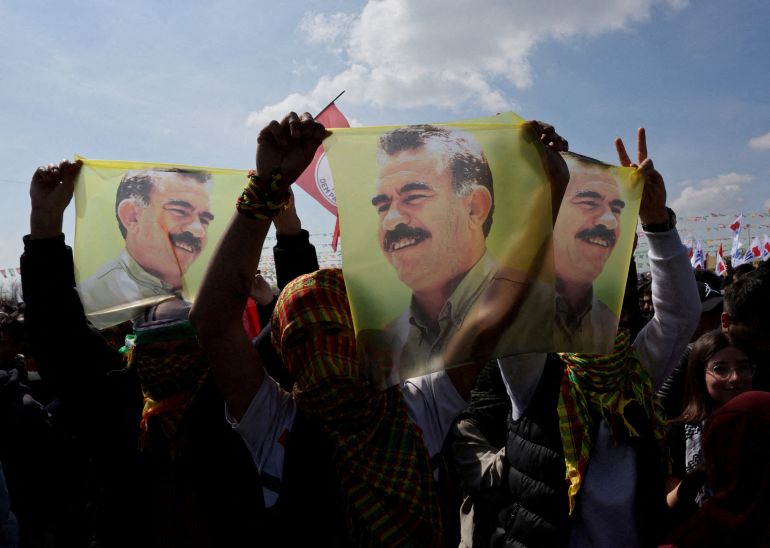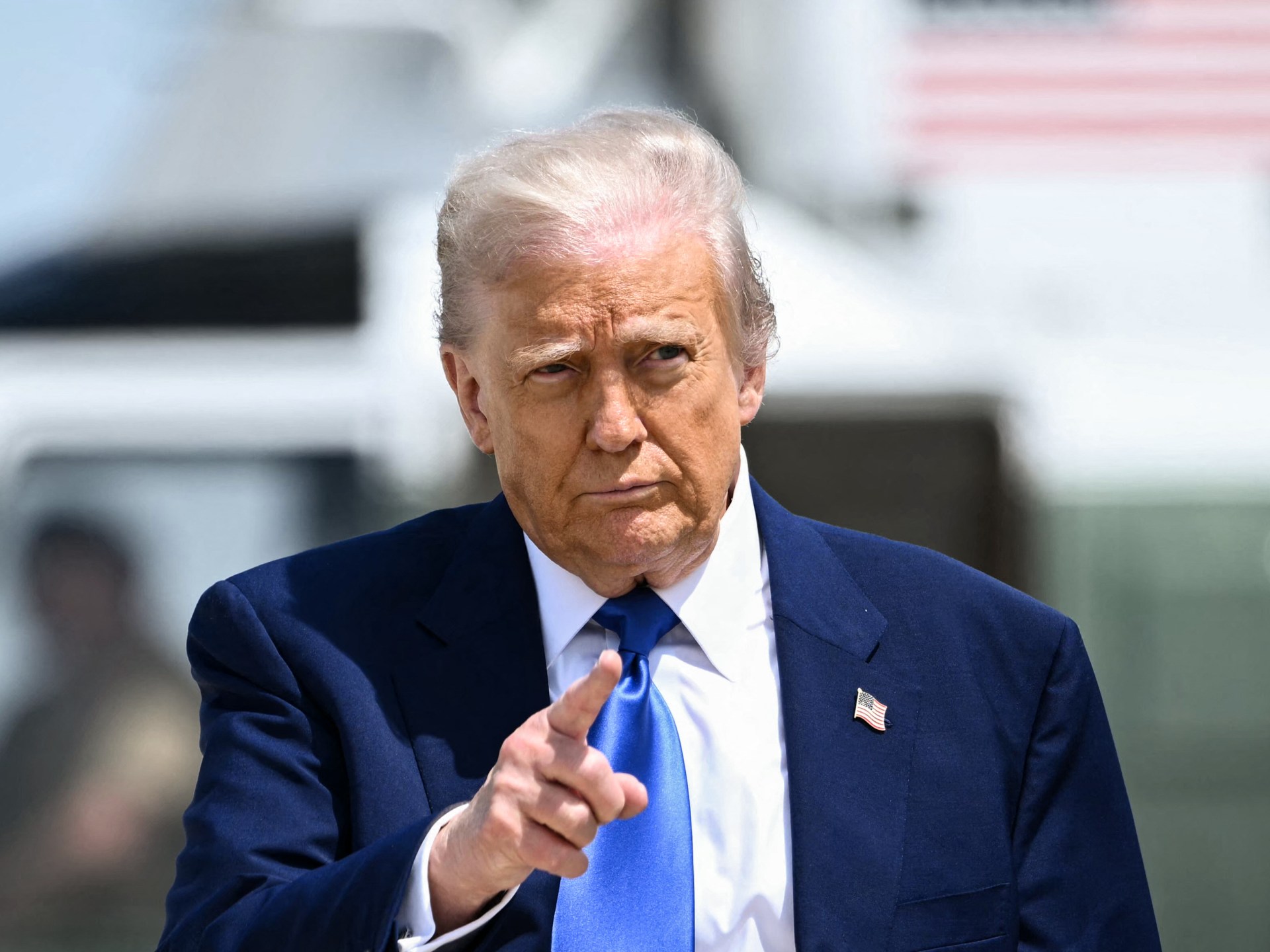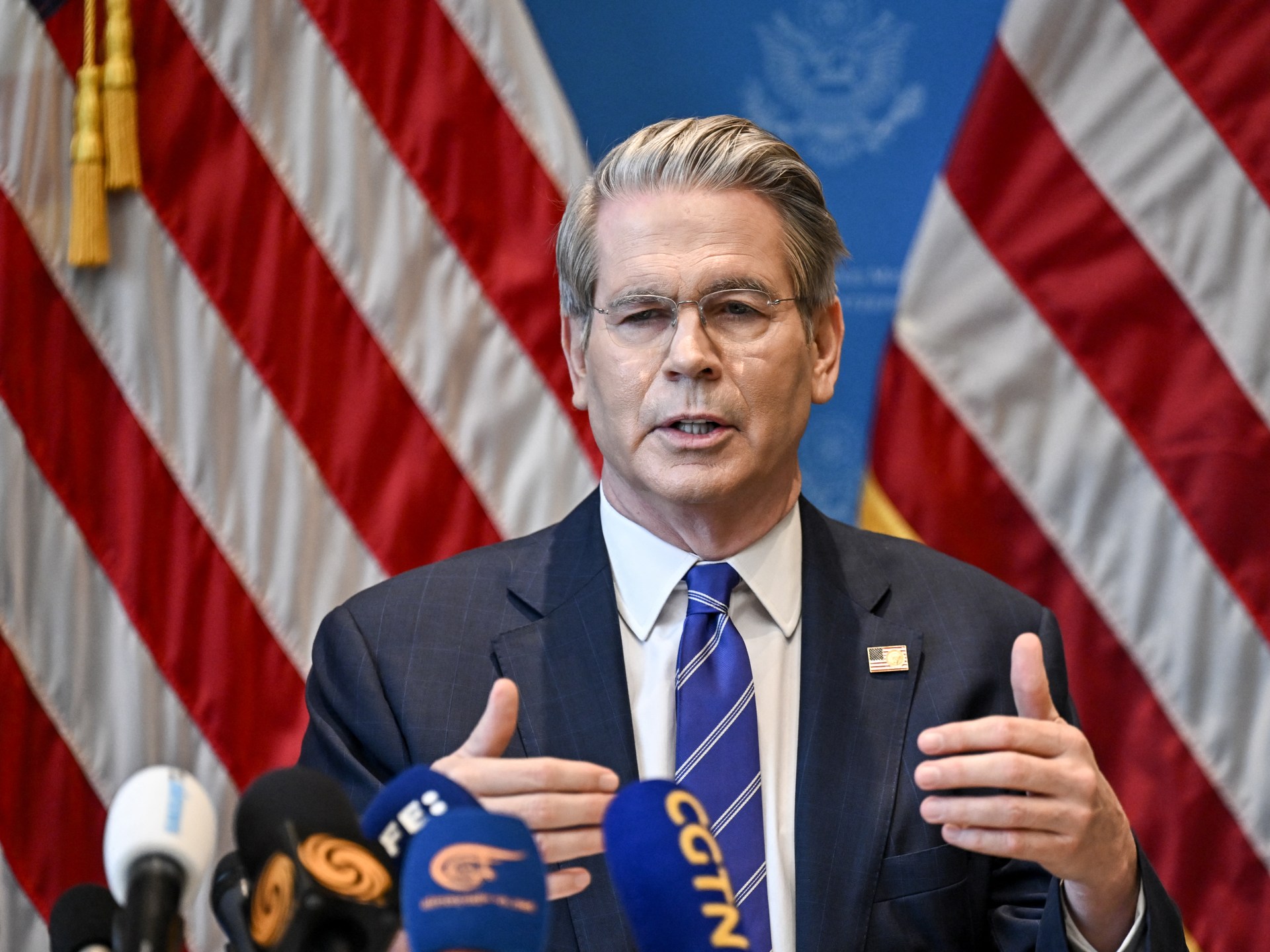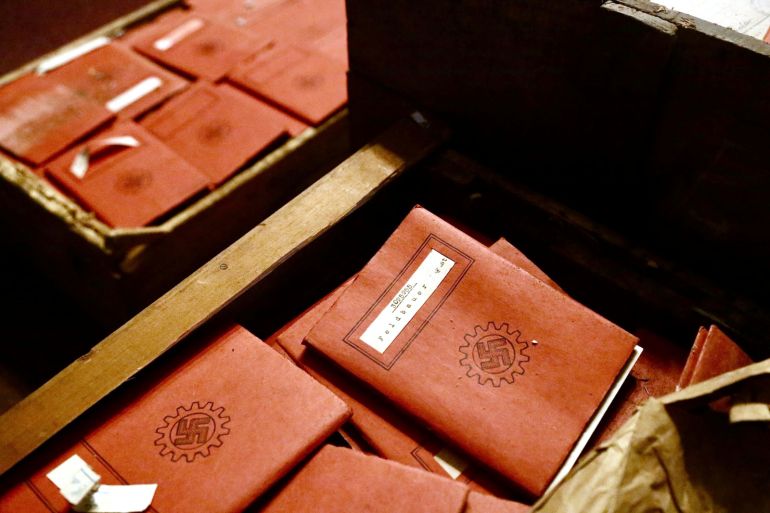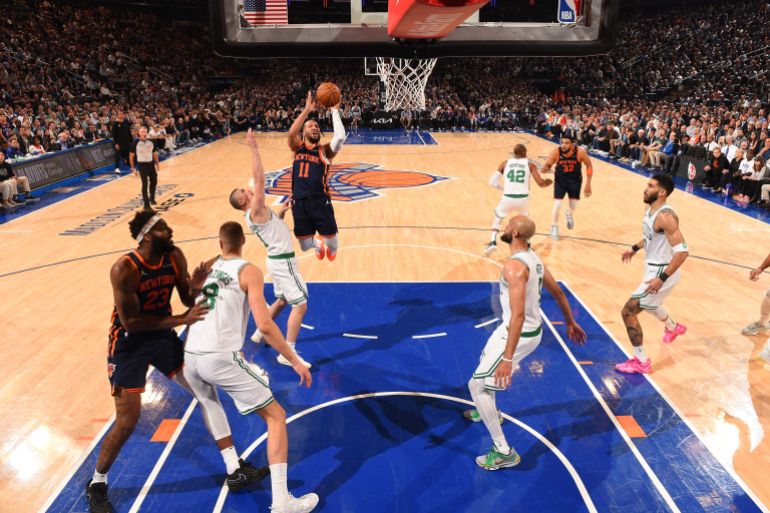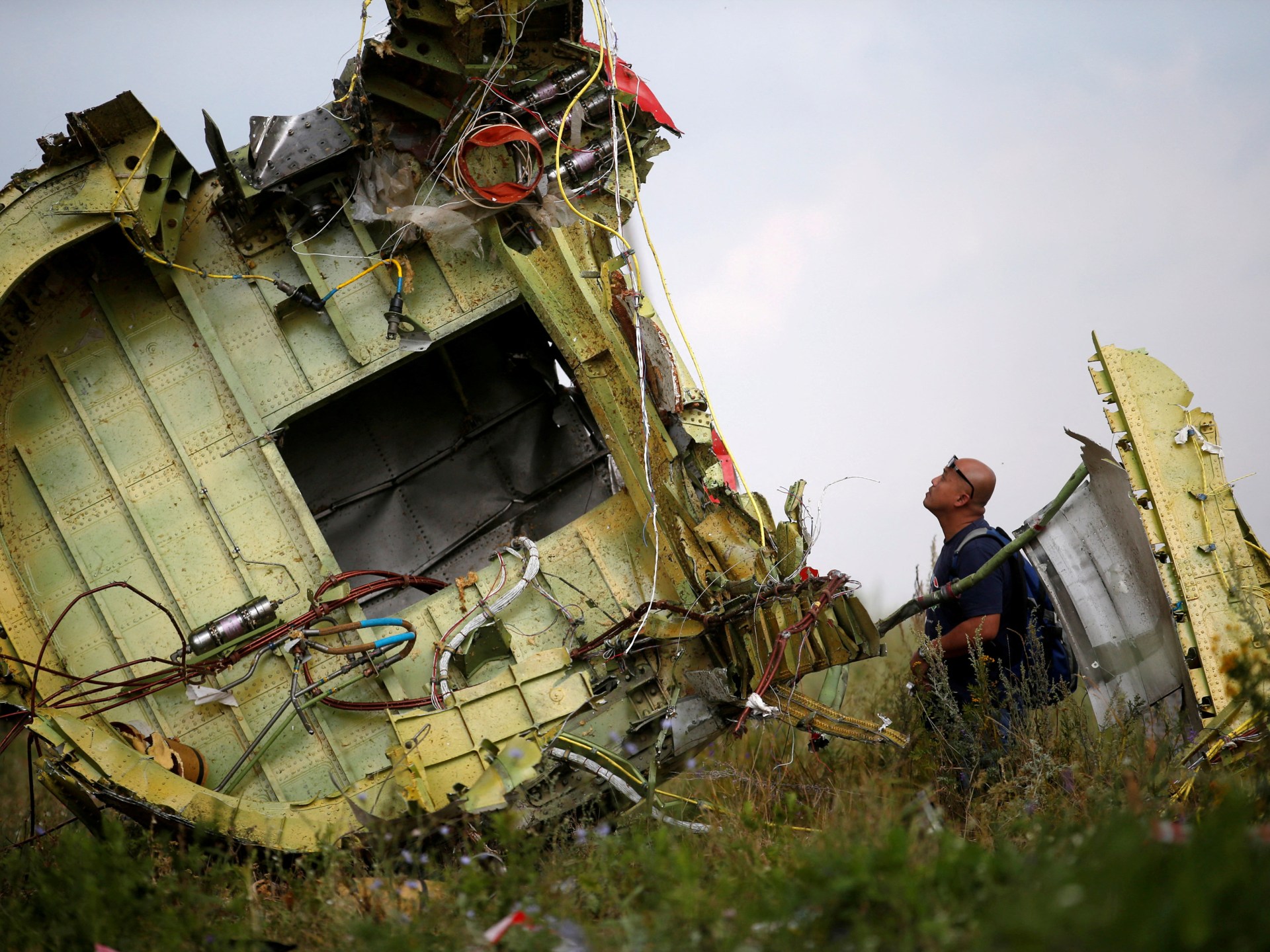The Kurdistan Workers’ Party (PKK) says it is disbanding after more than 40 years of armed struggle against the Turkish state.
The announcement came after the PKK held its congress in northern Iraq on Friday, about two months after its imprisoned founder, Abdullah Ocalan, also known as “Appo”, called on the group to disarm in February.
For most of its history, the PKK has been labelled a terrorist group by Turkiye, the European Union and the United States. It fought for Kurdish autonomy for years, a fight that has been declared over now.
This is all you need to know about why Ocalan and the PKK have given up their armed struggle.
Who is Abdullah Ocalan?
Ocalan was born to a poor Kurdish farming family on April 4, 1948, in Omerli, Sanliurfa, a Kurdish-majority part of Turkiye.
He moved to Ankara to study political science at the university there, where he became politically active; driven, biographers say, by the sense of marginalisation that many Kurds in Turkiye felt.
By the mid-1970s, he was advocating for Kurdish nationalism and went on to found the PKK in 1978.
Six years later, the group launched a separatist rebellion against Turkiye under his command.
Ocalan had absolute rule over the PKK and worked to stamp out rival Kurdish groups, monopolising the struggle for Kurdish liberation, according to Blood and Belief: The PKK and the Kurdish Fight for Independence, by Aliza Marcus.
At the time, Kurds were denied the right to speak their language, give their children Kurdish names or show any expression of nationalism.
Despite Ocalan’s authoritarian rule, his charisma and positioning as a champion of Kurdish rights led most Kurds across Turkiye to love and respect him, calling him “Appo”, which means Uncle.
What was the armed rebellion like?
Violent.
More than 40,000 people died between 1984 and 2024, with thousands of Kurds fleeing the violence in southeastern Turkiye into cities further north.
Throughout the 1980s and 90s, Ocalan led operations from neighbouring Syria, which was a source of tensions between the then-Assad regime and Turkiye.
The PKK resorted to brutal tactics beginning in the late 1980s and early 90s. According to a report by the European Council on Foreign Relations from 2007, the group, under Ocalan, kidnapped foreign tourists, adopted suicide bombing operations and attacked Turkish diplomatic offices in Europe.
Perhaps even worse, the PKK would repress Kurdish civilians who did not assist the group in its guerrilla warfare.
Did Ocalan change his views?
Eventually, more than a decade after he was caught.
In 1998, Ocalan was forced to flee Syria due to the threat of a Turkish incursion to capture him. A year later, Turkish agents arrested him on a plane in Nairobi, Kenya, thanks to intel received from the US.
He was brought back to Turkiye and handed the death penalty, yet his sentence was changed to life in prison after Turkiye abolished capital punishment in 2004 in a bid to become a member of the EU.
By 2013, Ocalan changed his stance on separatism and began lobbying for comprehensive Kurdish rights and greater regional autonomy in Turkiye, saying he no longer believed in the effectiveness of armed rebellion.
This radical shift led to the start of a shaky peace process between the PKK and the ruling Justice and Development Party (AK Party), headed by Turkish President Recep Tayyip Erdogan.
The peace process led to some freedoms for Kurds, yet fighting erupted between the government and the PKK in 2015 due in part to fears that the party was trying to create a Kurdish statelet in neighbouring Syria during its civil war.
At the time, many Kurds from southern Turkiye had left for Syria to help the Kurds there fight against ISIL (ISIS).
In 2015, the AK Party had also formed a new alliance with the far-right Nationalist Movement Party (MHP), which was staunchly opposed to any peace process involving the PKK.
What’s different about this peace process?
In announcing its disarmament, the PKK said it has “completed its historical mission” by “breaking the policy of denial and annihilation of our people and bringing the Kurdish issue to a point where solving it can occur through democratic politics”.
However, analysts argue that there are other reasons behind the decision.
The PKK and its Kurdish allies in the region are more vulnerable than before due to recent developments, according to Sinan Ulgen, an expert on Turkiye and senior fellow at Carnegie Europe in Brussels.
“The reason the PKK gave up its armed struggle has to do with the change in the international context,” Ulgen explained.
US President Donald Trump does not see Syria as a “strategic focal point” for foreign policy and is, therefore, unlikely to keep supporting Kurdish armed groups in the country as it had during the fight against ISIL, he explained.
In addition, the new government in Syria is on good terms with Turkiye, unlike under the now-overthrown Assad regime.
This new relationship could significantly hurt the ability of the PKK and its Syrian offshoot, the Democratic Union Party (PYD), to operate along the Syria-Turkiye border.

Will Turkiye follow through?
The political climate seems ripe for that.
Main political parties, such as the AK Party and its rival Republican People’s Party (CHP), have vocally or tacitly supported a new peace process.
But it was the MHP, long opposed to any overtures to the Kurds, that created the window for a new peace process.
In April 2024, MHP leader Devlet Bahceli invited Ocalan to renounce “terrorism” in front of Turkiye’s parliament in exchange for possible parole.
“The fact it was Bahceli … was kind of unbelievable,” said Sinem Adar, an expert on Turkiye with the German Institute for International and Security Affairs (SWB).
Bahceli’s change of heart is probably to help his coalition partner, Erdogan, run in and win the next national election, experts told Al Jazeera.

Under the constitution, Erdogan cannot run for another term unless an early election is called, which needs 360 out of 600 votes in parliament.
To add the votes of Kurdish delegates from the Peoples’ Equality and Democracy Party (DEM) to the MHP-AK Party alliance’s votes, “[Erdogan] needs to broaden his political support base in parliament over and above the current ruling alliance”, Carnegie’s Ulgen told Al Jazeera.
What happens to Ocalan now?
It is unclear if he will be released, but his prison conditions could significantly improve, said Ulgen.
He said the government would prefer to gradually increase Ocalan’s freedoms, so it can gauge the reactions of his support base and the broader public.
Many people in Turkiye still view Ocalan as a “terrorist” and blame him for a conflict that has taken the lives of so many.
